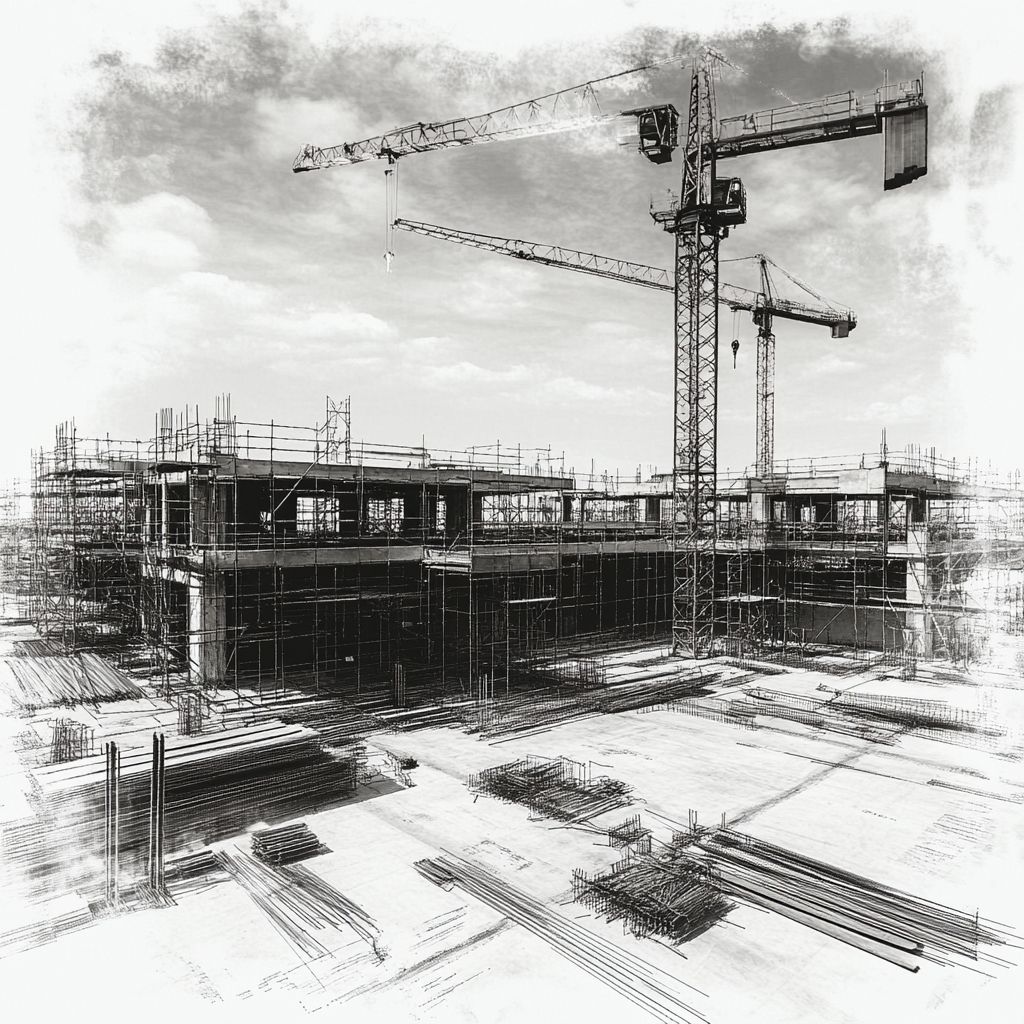


When beginning a construction mission, have you ever wondered what may want to go wrong without the proper documentation?. Construction documents are the backbone of any venture, delineating obligations, expectations, and workflows. From minor domestic renovations to big-scale commercial projects, thorough documentation is the key to success. By the end of this blog, you'll discover the 10 essential types of construction documents that can help your project run smoothly, stay within budget, and comply with all legal and safety regulations.
Project specifications provide designated descriptions of the substances, requirements, and quality of work required for a construction project. They act as a guiding principle for all parties involved, ensuring everybody understands the project's requirements.
Materials: Type, grade, and quantity of materials needed.
Workmanship Standards: Specific quality benchmarks for construction activities.
Compliance: Codes and regulations that should be adhered to.
Developers Research's services can help ensure your project meets all required standards.
Drawings and blueprints are graphical representations of the project. They provide a visual guide illustrating the layout, dimensions, and design details.
Site Plans: Show the overall layout of a site.
Floor Plans: Detail the arrangement of spaces within a structure.
Elevations: Illustrate the exterior views of buildings.
Engaging a qualified architect or designer to ensure accuracy is crucial. The American Institute of Architects (AIA) offers resources for standardized practices in architectural drawings.
A construction contract is a legally binding settlement between the parties concerned in a mission, detailing the scope of work, timelines, and payment phrases.
Parties Involved: Identification of all stakeholders.
Scope of Work: Detailed listings of tasks and deliverables.
Payment Terms: How and when payments will be made.
Understanding contracts is paramount; consider consulting a legal professional to avoid pitfalls.
Bid documents are essential when selecting contractors. They define the necessities for project bidding and include all necessary facts to permit capacity bidders to provide accurate proposals.
Invitation to Bid: A formal invitation to contractors.
Bid Instructions: Guidelines on how to submit bids.
Bid Forms: Templates for bidders to fill out.
Streamlining this process can save time and money by ensuring all bidders have the same information.
Change orders are documents that outline changes to the original construction agreement. Whether due to unforeseen circumstances or client requests, documenting changes is vital for tracking project evolution.
Clarity: Provides a clear record of what is altered.
Cost Management: Helps in tracking any additional costs incurred.
Ensuring all parties sign off on change orders can prevent disputes later on.
Daily construction reports document the progress of work on-site. They are essential for recording daily activities, weather conditions, materials used, and any issues encountered. Learn more about document management for a more in-depth understanding.
Accountability: Provides a record of who did what on any given day.
Dispute Resolution: Helps clarify events if disputes arise.
Consistently updating these reports can contribute to effective communication among project members.
Meeting minutes offer a record of what transpired during project meetings. They capture decisions made, action items, and follow-up responsibilities.
Timely Distribution: Share minutes shortly after meetings while information is fresh.
Clear Formatting: Make bullet points and lists for easy reading.
Having a dedicated minutes-taker can ensure accuracy and completeness.
Submittals consist of documents provided by contractors to show compliance with project specifications. This includes product data, shop drawings, and samples that need approval before proceeding.
Product Specifications: Details about materials.
Design Submittals: Drawings and models for review.
Prompt handling of submittals helps avoid delays in project timelines.
Inspection reports detail the findings of on-site inspections conducted by regulatory authorities or project managers. Regular documentation ensures that work meets safety and legal standards.
Location and Date of Inspection: To track when inspections took place.
Findings: Issues were uncovered during the inspection.
Follow-up Actions: Necessary steps to address any issues.
Regular inspections can significantly mitigate risks associated with project completion.
Warranty documents outline the guarantees provided by the contractor regarding the workmanship and materials used. These are vital for securing peace of mind for the client.
Duration of Warranty: Duration for which the warranty remains valid.
Coverage: Details on what is included under warranty.
Claim Process: Steps on how to file a claim for warranty service.
Reviewing warranty documents can save substantial costs and headaches down the road.
Understanding and dealing with production files is vital for any hit venture, whether or not it's a slight residential build or a complex commercial challenge. These documents not only facilitate clean conversation but also protect your pastimes for the duration of the construction method.
If you are searching for professional steering on creation control and documentation, Developers Research provides comprehensive services designed to help your project's desires. With years of experience and a commitment to excellence, Developers Research ensures that each issue of your construction venture is meticulously documented and carried out. Visit Developers Research to discover how their understanding assists you to gain a hit build, from the initial making plans stages to assignment crowning glory.